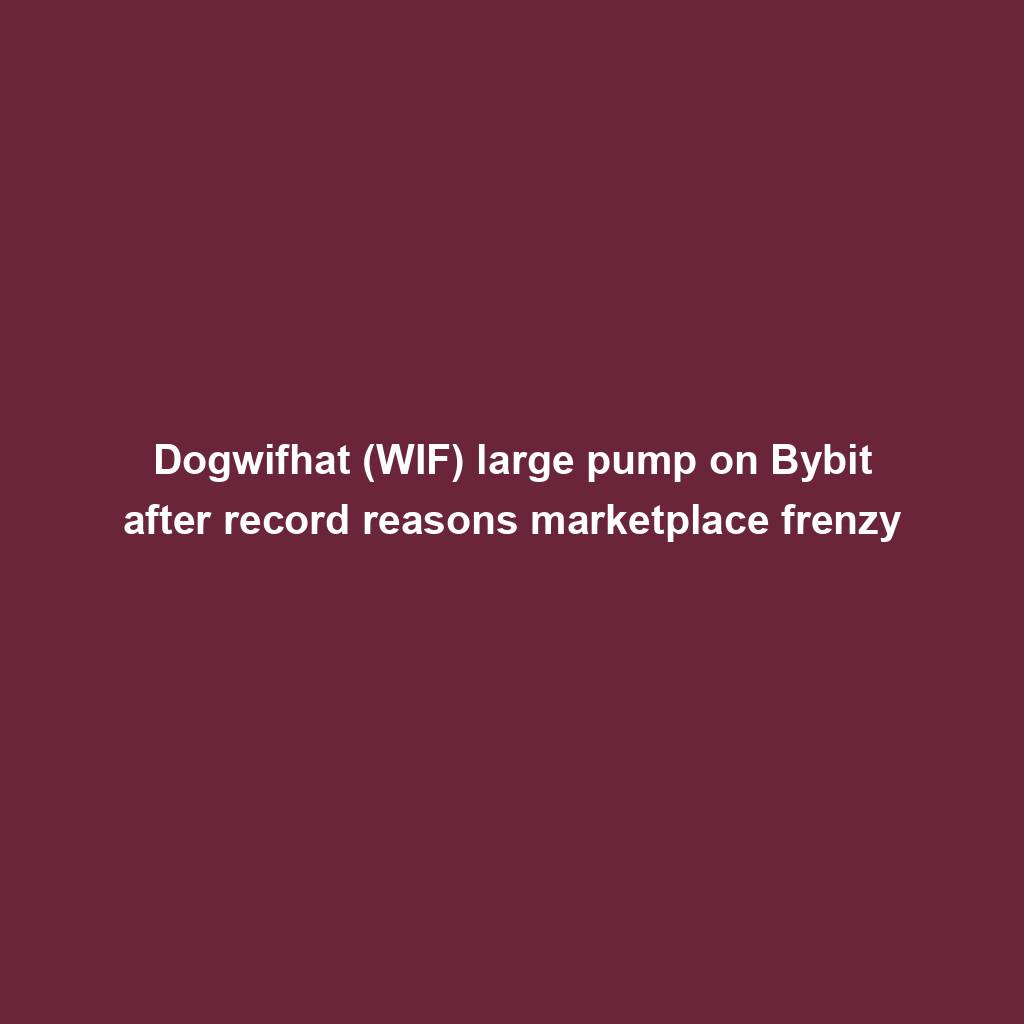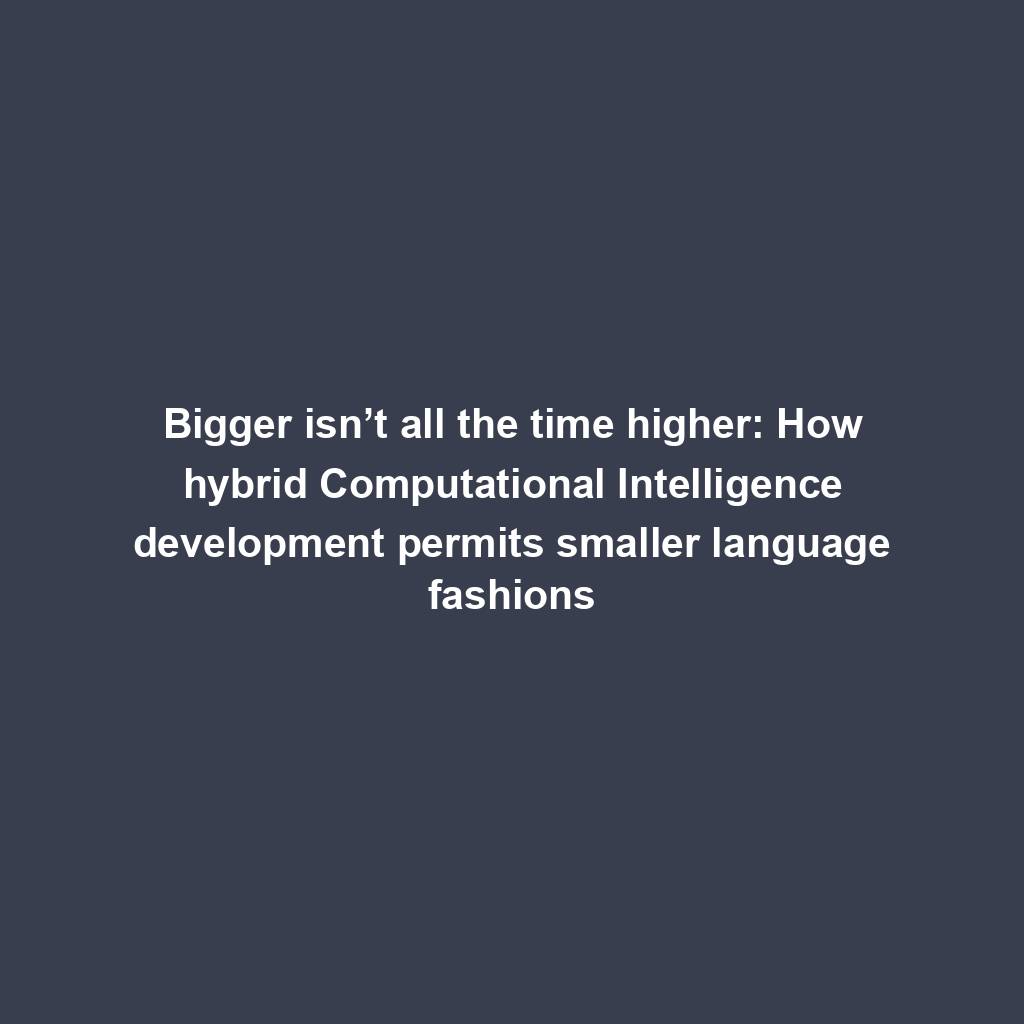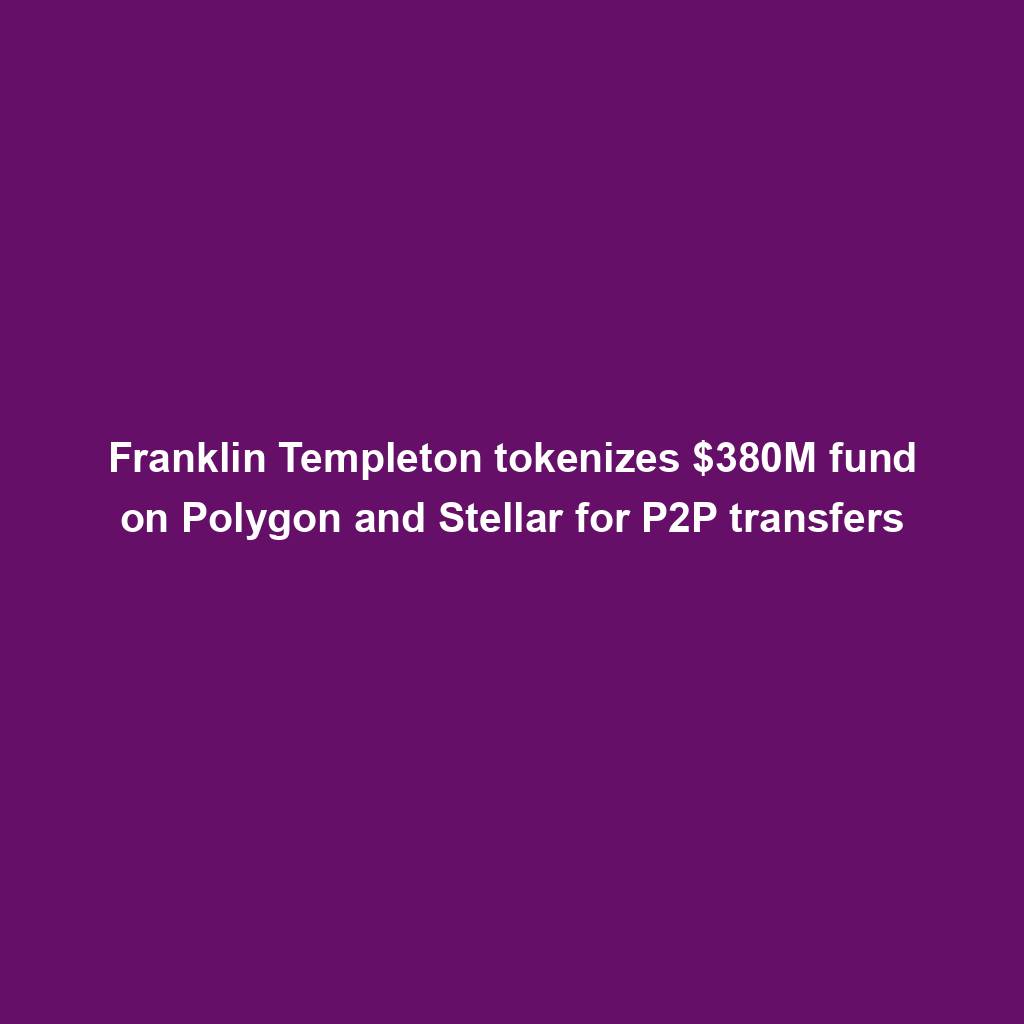Understanding Byzantine Fault Tolerance: Ensuring Reliability in Distributed Systems
In today’s interconnected world, distributed systems play a crucial role in powering various applications and services. These systems consist of multiple nodes spread across different locations, communicating and collaborating to provide reliable and efficient services. However, ensuring reliability in such systems is a challenging task, especially when we consider the presence of faulty or compromised nodes. This is where Byzantine Fault Tolerance (BFT) comes into the picture. In this article, we will explore what Byzantine Fault Tolerance is, why it is important, and how it can ensure the reliability of distributed systems.
1. Introduction to Byzantine Fault Tolerance:
Byzantine Fault Tolerance is a property of distributed systems that allows them to continue functioning correctly even when some nodes in the system, known as Byzantine nodes, exhibit arbitrary and malicious behavior. These nodes can act in unexpected ways, not following the prescribed protocols, and can try to deceive other nodes in the network. Byzantine Fault Tolerance ensures that despite the presence of such malicious actors, the system can still reach a consensus and provide reliable services.
2. Importance of Byzantine Fault Tolerance:
In distributed systems, there can be various reasons for node failures, including hardware glitches, software bugs, and even intentional attacks. These failures can lead to inconsistencies and disruptions in the functioning of the system. Byzantine Fault Tolerance is important because it enables the system to withstand such failures, ensuring that the network can continue to operate correctly and consistently, even when some nodes are compromised.
3. Practical Applications of Byzantine Fault Tolerance:
Byzantine Fault Tolerance is a crucial property in various domains, especially those involving financial transactions, critical infrastructure, and blockchain-based systems. Let’s explore a few practical applications where Byzantine Fault Tolerance plays a significant role:
a. Blockchain Technology: Blockchains are distributed ledgers that require Byzantine Fault Tolerance to ensure the reliability and security of transactions. In a decentralized blockchain network, Byzantine nodes could be malicious actors trying to manipulate transactions or compromise the integrity of the ledger. Byzantine Fault Tolerance mechanisms, such as consensus algorithms, are used to prevent such malicious activities and maintain the trustworthiness of the blockchain.
b. Aerospace Systems: In aerospace systems, Byzantine Fault Tolerance is essential to ensure the reliability and safety of critical operations. For example, in autonomous drones or satellites, it is crucial to handle the potential failure of sensors or communication links. Byzantine Fault Tolerance techniques allow these systems to mitigate failures and continue operating securely and reliably.
c. Financial Systems: Financial institutions rely on distributed systems to process transactions and maintain the integrity of records. Byzantine nodes in these systems can attempt various fraudulent activities such as double spending or tampering with account balances. Byzantine Fault Tolerance ensures that the system can detect and reject such malicious behavior, protecting the integrity of financial transactions.
4. Byzantine Fault Tolerance Techniques:
There are several techniques and algorithms used to achieve Byzantine Fault Tolerance in distributed systems. Some prominent ones include:
a. Practical Byzantine Fault Tolerance (PBFT): PBFT is a consensus algorithm that allows a set of nodes to agree on a single value even in the presence of Byzantine nodes. It is based on a replicated state machine approach, where all correct nodes execute the same set of operations and agree on the result. PBFT achieves high throughput and fault tolerance at the cost of increased network communication.
b. Federated Byzantine Agreement (FBA): FBA is a consensus algorithm used in decentralized systems. It enables a network of nodes to reach agreement on the order of transactions without relying on a centralized authority. FBA achieves Byzantine Fault Tolerance by considering the opinions of different nodes and establishing consensus based on the majority of trustworthy nodes.
c. Proof-of-Stake (PoS): PoS is a consensus mechanism used in blockchain-based systems. It aims to achieve Byzantine Fault Tolerance by selecting validators based on their stake in the system. Validators are chosen to create new blocks and validate transactions based on the amount of cryptocurrency they hold or “stake.” PoS prevents malicious nodes from gaining control over the system as they would require a significant stake in the network to manipulate the consensus.
5. Challenges in Byzantine Fault Tolerance:
While Byzantine Fault Tolerance offers significant advantages in ensuring reliability, there are some challenges associated with its implementation. Some of these challenges are:
a. Scalability: Byzantine Fault Tolerance mechanisms can introduce overhead in terms of increased communication between nodes. As the number of nodes in a distributed system increases, the communication complexity can become a bottleneck, impacting scalability.
b. Performance: Byzantine Fault Tolerance often requires multiple rounds of communication and validation to reach a consensus. This can introduce additional latency, affecting the overall system performance.
c. Assumptions and Trust Models: Byzantine Fault Tolerance algorithms often rely on certain assumptions about the behavior of nodes, such as the number of Byzantine nodes or the accuracy of network communication. Ensuring the correctness of these assumptions can be challenging in practical scenarios.
FAQs (Frequently Asked Questions):
Q1. What is the difference between Byzantine Fault Tolerance and Crash Fault Tolerance?
A1. Crash Fault Tolerance primarily deals with failures where nodes simply stop functioning. Byzantine Fault Tolerance, on the other hand, handles failures where nodes exhibit arbitrary or malicious behavior.
Q2. Can Byzantine Fault Tolerance algorithms detect and mitigate all types of malicious activities?
A2. Byzantine Fault Tolerance mechanisms can handle a wide range of malicious activities, but they have their limitations. Some sophisticated attacks, such as Sybil attacks or collusion among Byzantine nodes, may still pose challenges for achieving complete fault tolerance.
Q3. Are Byzantine Fault Tolerance mechanisms only applicable to decentralized systems?
A3. While Byzantine Fault Tolerance is often associated with decentralized systems, its principles and techniques can also be applied to distributed systems with hierarchical or hybrid architectures.
In conclusion, Byzantine Fault Tolerance is an essential property of distributed systems that ensures reliability even in the presence of malicious actors. It finds applications in various domains, including blockchain technology, aerospace systems, and financial systems. By employing consensus algorithms and other techniques, Byzantine Fault Tolerance enables distributed systems to continue functioning correctly and consistently, even in the face of failures and attacks. However, it is important to consider the associated challenges and limitations while implementing Byzantine Fault Tolerance mechanisms.
More in this category ...
Ripple companions with SBI Group and HashKey DX for XRPL answers in Japan

April sees $25M in exploits and scams, marking historic low ― Certik

MSTR, COIN, RIOT and different crypto shares down as Bitcoin dips

EigenLayer publicizes token release and airdrop for the group

VeloxCon 2024: Innovation in knowledge control

Successful Beta Service release of SOMESING, ‘My Hand-Carry Studio Karaoke App’

Dogwifhat (WIF) large pump on Bybit after record reasons marketplace frenzy

How fintech innovation is riding virtual transformation for communities around the globe

Wasabi Wallet developer bars U.S. customers amidst regulatory considerations

Analyst Foresees Peak In Late 2025

Solo Bitcoin miner wins the three.125 BTC lottery, fixing legitimate block

Ace Exchange Suspects Should Get 20-Year Prison Sentences: Prosecutors

Google Cloud's Web3 portal release sparks debate in crypto trade

Bitcoin Primed For $77,000 Surge

Bitbot’s twelfth presale level nears its finish after elevating $2.87 million

PANDA and MEW bullish momentum cool off: traders shift to new altcoin

Commerce technique: Ecommerce is useless, lengthy are living ecommerce

Republic First Bank closed by way of US regulators — crypto neighborhood reacts

China’s former CBDC leader is beneath executive investigation

Bigger isn’t all the time higher: How hybrid Computational Intelligence development permits smaller language fashions

Pantera Capital buys extra Solana (SOL) from FTX

Successful Beta Service release of SOMESING, ‘My Hand-Carry Studio Karaoke App’

SEC sues Bitcoin miner Geosyn Mining for fraud; Bitbot presale nears $3M

Business procedure reengineering (BPR) examples

85% Of Altcoins In “Opportunity Zone,” Santiment Reveals

Sam Altman’s Worldcoin eyeing PayPal and OpenAI partnerships

Artificial Intelligence transforms the IT strengthen enjoy

Franklin Templeton tokenizes $380M fund on Polygon and Stellar for P2P transfers

Meta’s letting Xbox, Lenovo, and Asus construct new Quest metaverse {hardware}

Shiba Inu (SHIB) unveils bold Shibarium plans as Kangamoon steals the display
